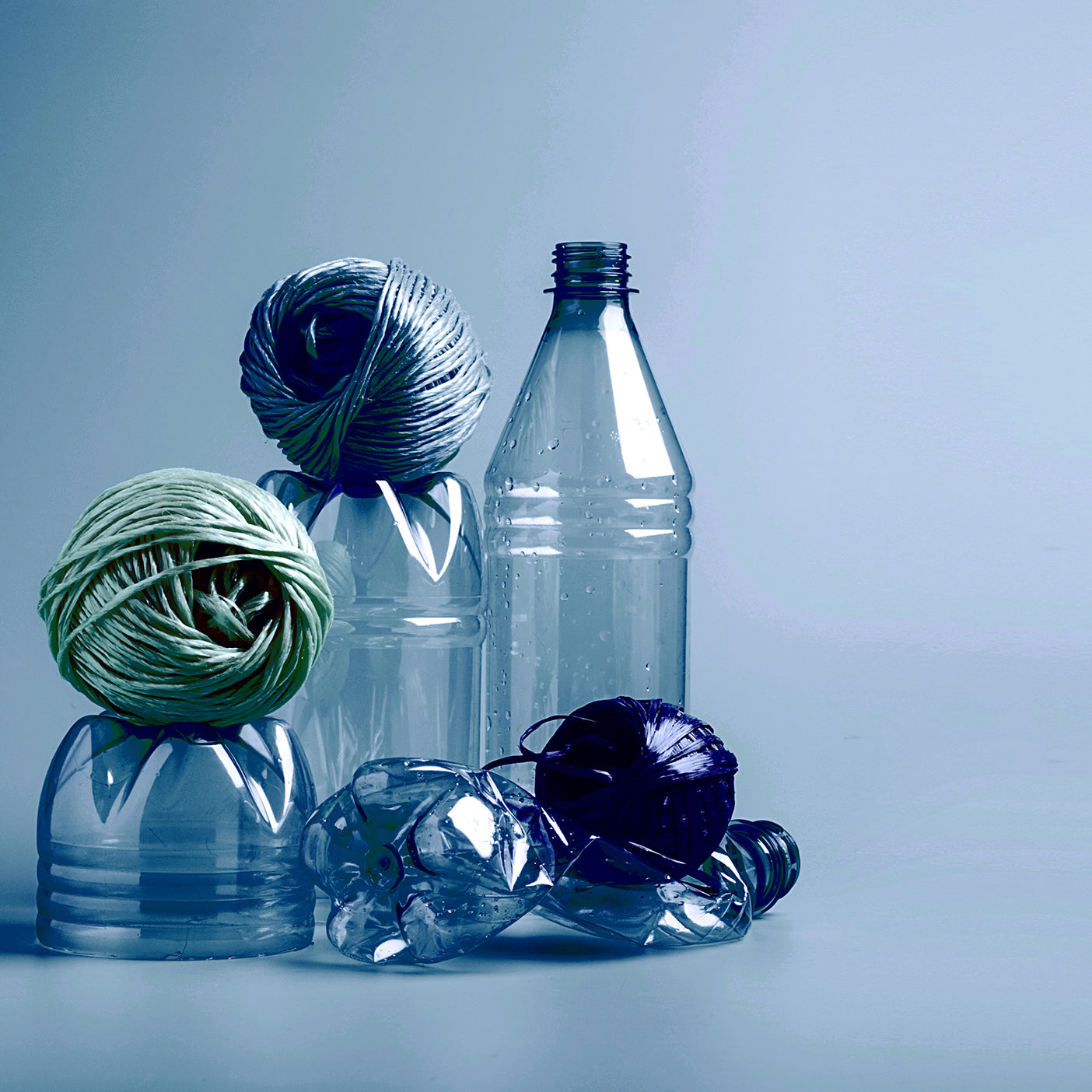How can I design an eco-friendly home? You might have asked this question a million times, and it's worth asking yourself this in 2024! Did you know the global sustainable home decor market will reach $556.3 billion by 2031, growing at 5.5% annually? People are embracing eco-friendly options in their homes now more than ever. But why the shift? Because affordable sustainable home decor is not just a trend—it’s a lifestyle that benefits your wallet, well-being, and the planet.

Imagine a home that looks beautiful and makes you feel good knowing you're contributing to a healthier planet. Intrigued? Let’s dive deeper into the ultimate guide to embracing sustainable and eco-friendly home decor ideas that can transform your living space while positively impacting the environment.
Why Choose Eco-Friendly Home Decor?

In recent years, people have become increasingly conscious of their environmental impact, with over 77% of U.S. consumers stating they care about sustainability in their daily lives. This growing awareness has sparked a significant shift toward affordable, eco-friendly home decor for its environmental benefits and health and financial gains. Let’s explain why choosing sustainable decor is a win-win situation for you and the planet.
-
Health Benefits
Did you know that indoor air can be two to five times more polluted than outdoor air, primarily due to toxins from conventional home decor products? When you switch to eco-friendly decor, you choose non-toxic materials free from harmful chemicals, creating a safer and healthier living environment. For example, the organic bedding products offered by Delara are certified with GOTS, which is an authority that regulates the safe production of cotton, making it chemical-free. Such products can significantly help you in ensuring your well-being. Next time you’re at the store, check the labels of furniture and decor items. Look for certifications like GREENGUARD, GOTS, or OEKO-TEX, which guarantee that the product has been tested for low chemical emissions.
-
Environmental Impact
In the U.S., the average household contributes around 30% of the nation's carbon emissions, much of which comes from everyday products and energy use. By making eco-friendly choices in your home decor, you can significantly reduce this impact, making your home a part of the solution rather than the problem. Choosing brands like Delara that prioritize ethical production and fair labor practices contributes to a cleaner supply chain. When companies use recycled materials or renewable resources, they help reduce the overall environmental impact associated with manufacturing.
-
Long-Term Savings
While eco-friendly products might have a higher upfront cost, they offer significant long-term financial benefits. A U.S. Department of Energy study found that energy-efficient homes save homeowners up to 30% on utility bills annually. You can also calculate your potential savings using energy-efficient home products. Many online calculators are available to show you how much you can save on your utility bills by making the switch!
Tips to switch to sustainable home decor brands
By making thoughtful choices in your decor, you’re creating a beautiful, toxin-free space for your family and contributing to a more significant global effort to protect our planet; here are a few ways you can do it:
Choosing Eco-Friendly Materials
When creating a sustainable home, the materials you choose are critical. Opting for eco-friendly options enhances your space's aesthetic and ensures that your decor decisions are sustainable, budget-friendly, and safe for your health. Let’s explore some of the most popular materials making waves in sustainable home decor and practical tips to incorporate them into your design.
-
Bamboo
Bamboo is often called the "green steel" of the building world due to its strength and versatility. It grows incredibly fast—up to 3 feet per day—making it one of the most renewable resources available. You can incorporate bamboo through flooring, blinds, or decorative pieces like picture frames. For furniture, consider bamboo chairs or side tables that add a modern, minimalist touch to your space. If you're a DIY enthusiast, try creating a bamboo plant stand or a simple shelf—it’s a fun project that adds a natural vibe to any room!
-
Reclaimed Wood
Reclaimed wood is a fantastic option for your home's rustic, cozy feel. This material is salvaged from old buildings, barns, or even wine barrels, giving it a unique character while significantly reducing the need for new lumber. You can use reclaimed wood to create a statement wall in your living room, a headboard in your bedroom, or a handcrafted dining table that sparks conversations.
-
Organic Cotton
Organic cotton is essential for textiles like bedding, towels, and throws. Swap out your current bedding for soft, breathable organic cotton sheets. You’ll not only sleep better but also reduce your exposure to chemicals. Organic cotton is perfect for home textiles like bedding, curtains, and throws. Check out Delara's Organic Sheets and Duvet Sets for 100% natural bedding and home décor options. Their selection combines style, comfort, and sustainability, making creating a cozy, toxin-free haven at home easy.
-
Sustainable Furniture Choices
Sustainable furniture isn’t just good for the planet but also your health and wallet. Let’s explore some fun, creative, and health-conscious ways to make eco-friendly furniture that adds character to your home:
-
Secondhand and Vintage Furniture
Why settle for cookie-cutter furniture when you can bring home a piece with history and personality? Secondhand and vintage furniture is not only budget-friendly but also incredibly eco-friendly. By choosing pre-owned items, you're keeping them out of landfills and reducing the demand for new resources.
-
DIY and Upcycling Old Furniture
Why toss out old furniture when you can transform it into something fresh and fabulous? DIY and upcycling projects breathe new life into tired pieces and let you sustainably express your creativity.
Eco-Friendly Lighting Solutions
Lighting is one of the most impactful aspects of home decor, yet it often gets overlooked when considering sustainability. The good news? Making conscious lighting choices enhances your home's ambiance and reduces your energy consumption and carbon footprint. By switching to eco-friendly lighting options, you can save energy and money while doing your part for the environment. Let’s explore some interactive and practical ways to make your lighting choices more sustainable:

-
Energy-Efficient Lighting
Switching to energy-efficient lighting is one of the simplest yet most effective steps toward a greener home. According to the U.S. Department of Energy, if every household replaced just one traditional incandescent light bulb with an ENERGY STAR-rated LED, it would prevent greenhouse gas emissions equivalent to 800,000 cars yearly!
-
Natural Lighting Design
Natural light is the most eco-friendly and free source available! Designing your home to make the most of natural light can significantly reduce your need for artificial lighting, which is good for both the planet and your mood. According to studies, exposure to natural light increases productivity and boosts overall well-being by promoting the release of serotonin, the "feel-good" hormone.
Sustainable Fabrics and Textiles
Choosing sustainable fabrics and textiles helps reduce this overwhelming amount of waste and promotes healthier living environments. Let’s explore some eco-friendly fabric options that offer both comfort and sustainability.

-
Organic Cotton
Organic cotton is one of the most popular choices for eco-conscious consumers because it's grown without harmful pesticides or synthetic fertilizers. Organic cotton production uses 91% less water than conventional cotton and reduces soil pollution, making it a perfect choice for bedding, curtains, and upholstery. Delara offers a premium collection of 100% pure organic cotton bedding that is stylish and sustainable. Each product is GOTS-certified organic, free from harmful chemicals, and ethically produced, making it a perfect blend of luxury and sustainability.
-
Jute
Jute is one of the most sustainable fabrics available, requiring minimal water and no pesticides to grow. Its solid and durable fibers make it perfect for heavy-duty use in rugs, upholstery, and curtains. For example, you can explore Delara's range of Natural Jute Rugs. These rugs are made from sustainable materials like jute and wool, which are durable and biodegradable. They bring a natural elegance to your living space while being gentle on the planet.
Sustainable home decor products are more than just a trend; it's a movement towards a healthier, more responsible way of living. You can create a beautiful home reflecting your commitment by making small changes to sustainability. Every sustainable choice you make at home significantly impacts our planet, your health, and your pocket. Let's create a home that looks good and does good. Ready to make the switch? Start by exploring Delara's range of eco-friendly home decor products that combine style, sustainability, and affordability to begin your journey toward a greener home!









Leave a comment